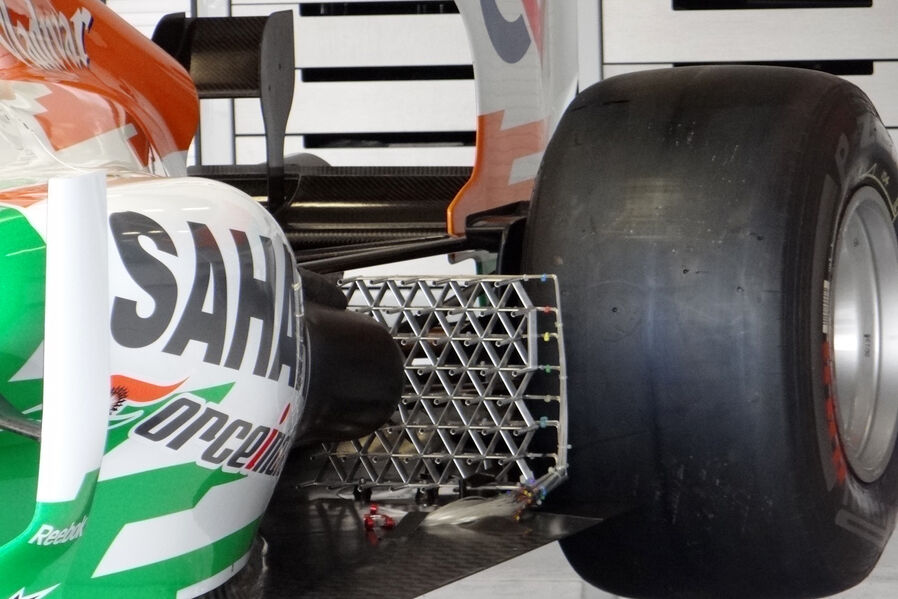marcush. wrote:
....
Why not feed a stream of particles down the car at speed and capture with a high speed camera,maybe sending marking a particle every half second and analysing the path of this particle along the car ...you could not only see wher it goes but also how quick it goes...voila, perfect data generated .
Well, A wind tunnel of Toyota is using such a system. But the Problem with such a system is, that you can't use it to long, because it would change the density and other properties of the air in the tunnel.
Toyota used some fluid, which has been sprayed into the strean, and a laser lightened only a certain plane to photograph the particles. Then they shot another picture (shortly after) and looked, how the particles have moved. (Or maybe the used two planes, which are just a mm or so apart?!)
I think, that it was in a Racecar Engineering, but I really don't know exactly where I read it.




